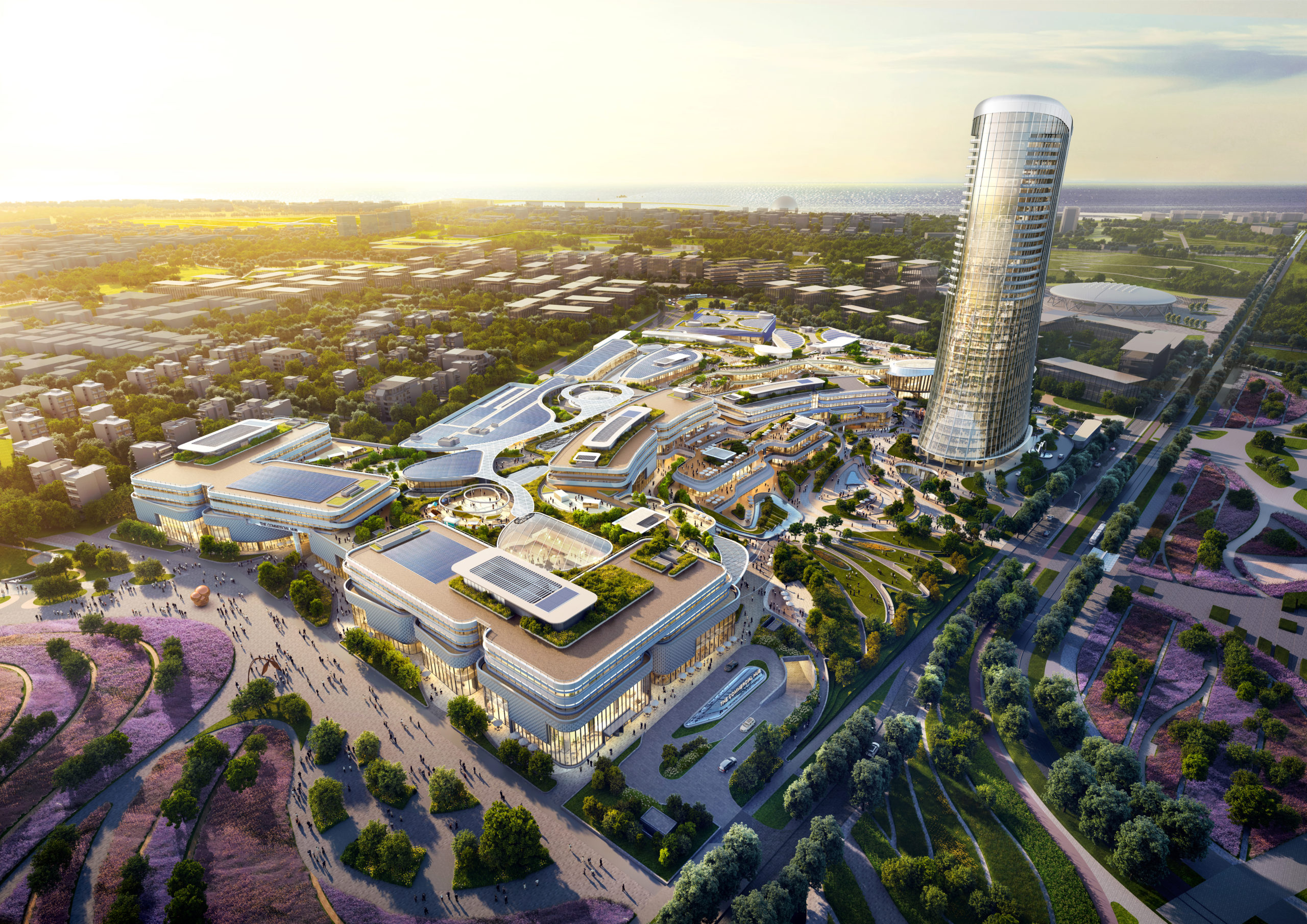With the holidays upon us, the world’s attention turns to the retail industry, which is defying expectations. Both domestically and internationally, the retail industry is demonstrating a resilience and transformation that proves people continue to want in-person commercial experiences.
Evolving consumer preferences and technological advancements have both led to e-commerce emerging as the industry’s dominant force, allowing consumers to make purchases from the comfort of their homes. But this didn’t spell doom for brick-and-mortar retail. These outlets have adapted and embraced technology themselves, and use it to enhance the in-store shopping experience. As a result, 72% of consumers still prefer visiting physical stores. The opportunities created by retail hybrid models, like online ordering with in-store pick-up and contactless payment options, also help streamline the in-person shopping experience.
Consumer preference for in-person shopping is on full display in shopping malls around the world and the data backs it up. Lamda Development, the leader in Greece’s shopping center sector, recently released its H1 2023 financial report, which it details the leasing activity, footfall, and profitability of its mall portfolio. These four malls – which include The Mall Athens, the first and largest shopping and leisure center in Greece–saw an approximate 26% year-over-year increase in both tenant sales and footfall, with average mall occupancy holding strong at 99%. Global demand from retailers at Lamda’s forthcoming smart city The Ellinikon has also far exceeded Lamda’s planned retail square footage, with expressions of interest nearing 200% of the available gross leasable area.
Malls in the U.S. are reporting similar figures. According to a recent analysis from Coresight Research, malls classified as top tier were more than 95% leased last year, and foot traffic is up by 12% compared to 2019. For lower-tier malls, where the typical shopper earns an annual income of more than $200,000, these locations were roughly 89% leased and saw a 10% foot traffic increase during the same time. With pandemic-related restrictions mostly lifted, physical retail saw an inspiring resurgence last year, with more stores opening than closing for the first time since 2016. Retail sales during 2022 also totaled nearly $819 billion–an approximately 11% increase over the previous year.
This resilience didn’t happen by chance. In addition to consumer preference, retailers also recognize the value of physical retail spaces and their ability to provide immersive and interactive experiences for customers. It helps that malls also function as lifestyle destinations; due to their blend of retail, entertainment, dining, and community spaces, malls are not visited solely by consumers. Finally, as the holiday season approaches, retailers often use the opportunity to showcase their more unique offerings, put up festive decorations, hold special events and hold promotions that create a sense of excitement and heavily boost footfall during the final few months of the year.
The evolution of retail outlets and shopping malls will never truly be complete, as technology will continue to advance, and consumer preferences will shift over the years. Looking forward to 2024, key trends and strategies will continue to shape the future of retail, ensuring continued growth and profitability. In addition to investing in technology such as machine learning and AI to inform marketing campaigns, retailers will also continue prioritizing sustainability initiatives, which have proven to be a quality attractive to the increasingly environmentally conscious consumer audience. Influencer marketing, social commerce, and further integration of both online and offline channels will also likely play a key role in next year’s retail landscape.
The global retail sector has demonstrated remarkable resilience over the past few years, serving as an example of how developers and owners can redefine their spaces during times of adversity and overcome unforeseen challenges outside of anyone’s control. The ability to meet changing consumer preferences lies at the heart of the retail industry’s success and as the holiday season approaches, the future appears bright and rife with opportunities for further growth and innovation.

